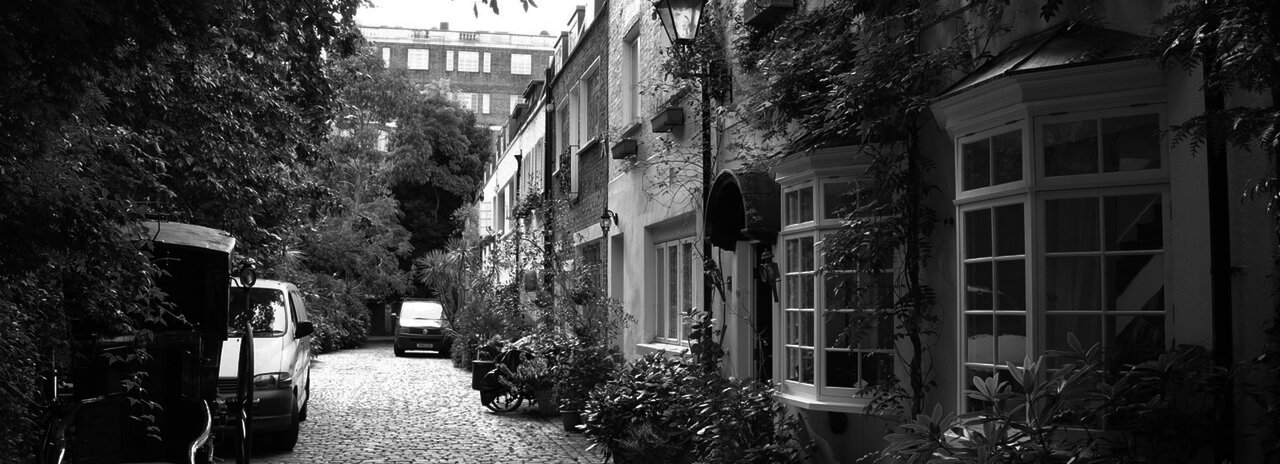Whether a claim for the cost of work clothes is tax deductible is covered by the general rule for deduction of any expenses incurred by an employee. Statute states that any expense incurred is allowed if the employee is obliged to incur the expense and that amount is incurred 'wholly, exclusively and necessarily in the performance of the duties of the employment'. For the self-employed, the condition is less severe, requiring the expense to be incurred 'wholly and exclusively' for the purposes of the trade.
As everyone has to wear clothes, any expenditure usually fails these statutory tests as there is a duality of purpose (even if only worn for work). Apportionment of expenditure on ordinary clothing, used exclusively at work, between allowable business purposes and non-allowable personal purposes is also impossible.
The only exception HMRC permits is for a uniform or clothing worn for protective reasons, but potential difficulties can arise here. There is no specific section of any Act covering the deduction for the cost of work clothes, therefore HMRC has to rely on precedent when deciding whether to allow a claim.
Over the years, taxpayers have attempted to claim that a particular job requires a particular type of clothing and therefore should be allowed. However, tribunals have ruled that having to wear a particular type does not mean a deduction is possible. For example, the Mallalieu v Drummond [1983] case established that no deduction was allowed for clothing forming an ‘everyday’ wardrobe. Ms Drummond was a barrister who tried to claim the cost of the black clothes, white blouse, etc required when making court appearances under the Bar Council’s dress code and contended that these clothes would not normally be purchased. The expense was not allowed due to the dual-purpose rule as the clothing enabled the claimant to be warm, properly dressed and allowed her to work.
In comparison, a case where a taxpayer did win was Gemma Daniels v HMRC [2018]. Ms Daniels was a self-employed 'exotic danger' and claimed tax relief for her work clothing, lingerie, dry cleaning, make-up, beauty treatments and hairdressing. It was
held that there was no duality of purpose, her clothes were not required for 'warmth and decency' and, importantly, not worn outside work.
Protective clothing
HMRC will normally agree a claim for clothing required to be worn due to the nature of the employee’s job, preventing physical injury or protecting normal clothing against damage. Here we are looking at items such as safety boots and shoes, hard hats, aprons, ear defenders, safety goggles and overalls. The taxpayer's particular occupation will determine the protective clothing required and in certain industries this is set down in health and safety legislation. During the Covid outbreak, HMRC confirmed that the provision of personal protective equipment (PPE) by an employer (or the purchase by an employee and reimbursement) is tax-free.
Uniform
The cost of a uniform intended to identify its wearer as having a particular occupation is allowed. In its manuals, HMRC quotes the traditional nurse or police uniforms. HMRC will also usually allow clothing provided by construction companies and related businesses (e.g. electricians, plumbers, etc) that bears the employer's logo or name – the reasoning here is that the employer-provided clothing is clearly distinguishable from clothing worn for private use, but HMRC confirms that each case is considered on its merits. Note that the badge must be fixed or sewn into the garment – 'a detachable badge is not sufficient to make the clothing to which it is attached part of a uniform’ (EIM32475).
Practical point
Trade unions have negotiated flat rate deductions on a national basis covering the cost of otherwise non-allowable protective clothing and general laundry expenses. These flat rate deductions only apply to employees in specified occupations. Therefore, if a claim is not possible under the 'work clothes' rules, some of the cost can be claimed under the flat rate deduction scheme.

